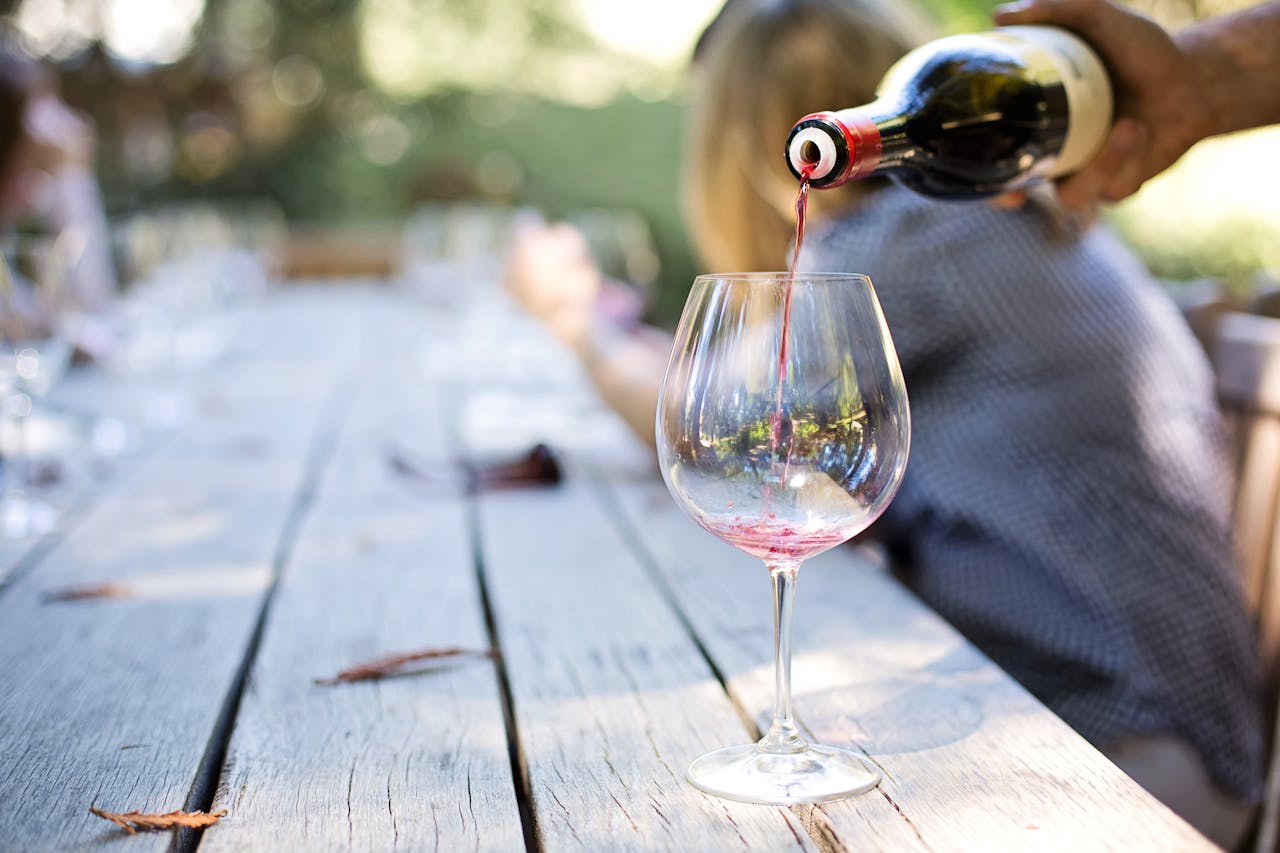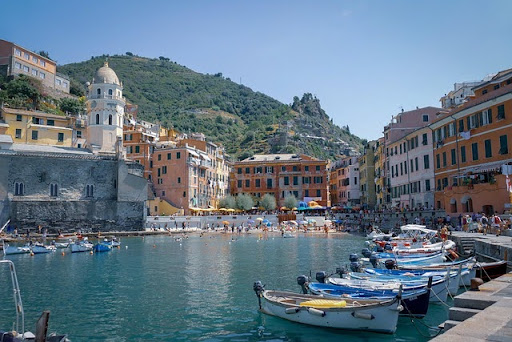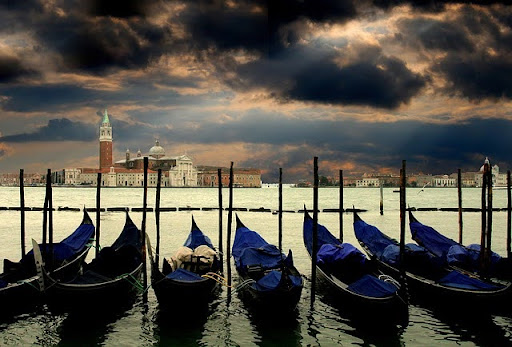Amarone della Valpolicella, often simply called Amarone, is one of Italy’s most esteemed and distinctive red wines. Born in the Veneto region of northeastern Italy, this opulent wine is a product of centuries-old traditions and meticulous craftsmanship. With its rich flavor, high alcohol content, and complex profile, Amarone occupies a unique place in the world of wine, beloved by connoisseurs and casual enthusiasts alike.
The Region: Valpolicella
To understand Amarone, it’s essential to start with its origins: Valpolicella. Nestled between Lake Garda and the city of Verona, Valpolicella is a historic wine-producing area known for its rolling hills, ancient vineyards, and unique microclimate. The region benefits from warm summers, cool breezes from the Alps, and protection from the harshest winter weather—all ideal conditions for viticulture.
Valpolicella is divided into three main zones: Classico (the historic heart), Valpantena, and the extended area simply called Valpolicella. Amarone can be made in all of these zones, but the most prized bottles often come from Valpolicella Classico, where tradition and terroir intersect most vividly.
The Grapes: A Local Symphony
Amarone is made primarily from a blend of indigenous grape varieties, including Corvina, Corvinone, and Rondinella. Corvina contributes bright cherry flavors and structure, Corvinone brings additional body and aging potential, and Rondinella adds floral and herbal notes.
Other lesser-known grapes like Molinara, Oseleta, and Croatina may also be included in small amounts, each contributing its own nuance to the final blend.
What makes Amarone truly unique, however, is not just the grape selection but the method used to transform them into wine.
The Appassimento Process
The hallmark of Amarone production is a technique called appassimento, or drying. After harvest—usually in September or early October—the grapes are laid out on bamboo racks or in special drying rooms (called fruttai) for 3 to 4 months. During this time, the grapes lose about 30–40% of their water content, concentrating sugars, flavors, and acids.
This drying process is delicate and labor-intensive. The grapes must be carefully monitored to prevent mold and spoilage, and the drying rooms are often ventilated naturally with the cool autumn air.
By December or January, the shriveled grapes resemble raisins. They are then crushed and fermented slowly, often over several weeks or even months. Because of the high sugar content and dense pulp, fermentation is a slow process, and it’s not uncommon for Amarone to have an alcohol content of 15% to 17%.
The Wine: A Rich, Powerful Experience
The resulting wine is dark, full-bodied, and deeply aromatic. Amarone is known for its rich flavors of dried fruit (figs, raisins, and cherries), dark chocolate, spices (cinnamon, clove, licorice), and earthy undertones. The texture is velvety, with high alcohol and firm tannins that lend structure and aging potential.
Despite its power, a well-made Amarone is never cloying or overly sweet—it’s dry or slightly off-dry, with enough acidity to maintain balance and freshness. The best bottles are harmonious, expressive, and capable of aging gracefully for decades.
Amarone vs. Other Valpolicella Wines
To appreciate Amarone fully, it’s helpful to understand its place among the family of Valpolicella wines:
- Valpolicella Classico: A light, fresh red wine made from the same grapes, without drying. Bright cherry flavors and good for everyday drinking.
- Valpolicella Superiore: A more structured version with higher alcohol and aging requirements.
- Ripasso della Valpolicella: Made by re-fermenting Valpolicella wine with Amarone grape skins, adding richness and depth. Sometimes called “baby Amarone.”
- Recioto della Valpolicella: A sweet wine made from the same dried grapes as Amarone, but fermentation is stopped early to retain sugar.
Amarone, in this context, stands as the boldest and most opulent of the group.
Food Pairings: Rich Meets Rich
Given its intensity, Amarone pairs best with equally rich foods. It shines alongside braised meats, game, and aged cheeses like Parmigiano Reggiano or Grana Padano. It also complements dishes with truffles, wild mushrooms, and rich risottos.
For a traditional pairing, try Amarone with brasato all’Amarone—beef braised in Amarone wine, often served with creamy polenta. The dish echoes the flavors in the wine and creates a deeply satisfying experience.
Interestingly, Amarone can also work with dark chocolate and certain desserts, especially those with nuts or dried fruit. It’s a wine for special occasions, long meals, and slow enjoyment.
Aging and Serving
Amarone is typically aged for at least two years before release—four years if labeled Riserva. However, many producers age their wines longer, and Amarone can continue to evolve in the bottle for 10, 15, or even 20 years.
When serving Amarone, decanting is highly recommended—especially for younger bottles—to let the wine breathe and reveal its complex bouquet. Serve at 16–18°C (60–65°F) in large glasses that allow for full aeration.
Amarone in the Modern World
In recent decades, Amarone has seen a surge in international popularity, especially in North America, the UK, and parts of Asia. As demand has grown, so too has production—but quality remains a priority for many top producers.
The Consorzio per la Tutela dei Vini Valpolicella regulates the DOCG designation and promotes quality standards across the region. Producers like Allegrini, Tommasi, Quintarelli, Dal Forno Romano, and Masi have helped elevate Amarone’s reputation globally.
At the same time, debates within the winemaking community continue around modern versus traditional styles. Some producers favor oak aging and richer, more extracted wines, while others seek elegance and restraint, using larger casks and a gentler touch.
Sustainability and Innovation
Like many traditional wine regions, Valpolicella faces challenges from climate change, labor shortages, and the pressure to innovate while preserving heritage. Several producers are experimenting with organic and biodynamic farming, renewable energy, and precision viticulture to ensure Amarone’s future without compromising quality.
There is also renewed interest in forgotten local grapes and ancient winemaking methods. This fusion of old and new keeps Amarone vibrant and relevant in the global wine conversation.
Over to you
Amarone is more than a wine—it’s an expression of patience, place, and passion. Every bottle tells a story of withered grapes, chilly drying rooms, long fermentation, and careful aging. It’s a wine that invites contemplation, rewards cellaring, and elevates any table it graces.
For those new to Amarone, it offers a gateway into the richness of Italian winemaking. For seasoned enthusiasts, it remains a perennial favorite—robust, soulful, and unforgettable.
Whether enjoyed today or laid down for a future celebration, Amarone della Valpolicella is a timeless testament to the artistry of wine.



